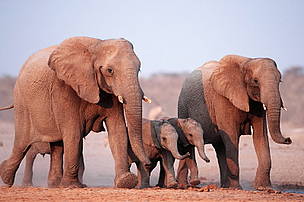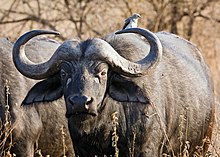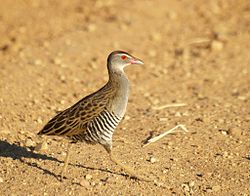
 The African Civet is a nocturnal and solitary animal. These animals are related to weasels and mongooses. They are good swimmers and great climbers.
The African Civet is a nocturnal and solitary animal. These animals are related to weasels and mongooses. They are good swimmers and great climbers. Classification
| Kingdom: | Animalia |
| Phylum: | Chordata |
| Class: | Mammalia |
| Order: | Carnivora |
| Family: | Viverridae |
| Genus: | Civettictis |
Facts
Scientific Name : Civettictis civetta
Biggest threat : Habitat loss
Predators : Lions, Snakes, Leopards
Food : Rodents, Snakes, Frogs .
Diet : Omnivore
Life span : 15 - 20 years
Size : Head-body length: 67 - 84 cm
Tail length: 34 - 47 cm
Ear length: 5.4 - 5.8 cm
Tail length: 34 - 47 cm
Ear length: 5.4 - 5.8 cm
Weight : 1.4kg - 4.5kg (3lbs - 10lbs)
Range : across sub-Saharan Africa
Habitat : Tropical rainforest









